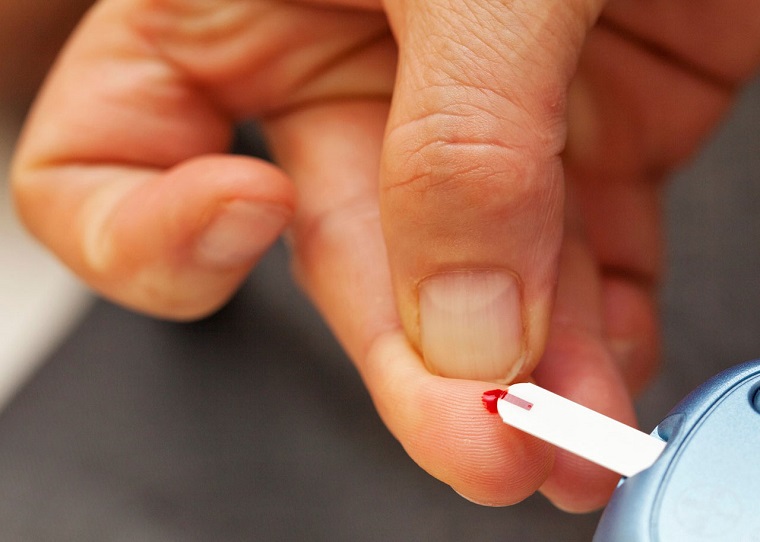People who are at risk for developing life-threatening blood clots or are already affected by one may be prescribed anticoagulation therapy. The goal of this therapy is to slow down the body’s production of dangerous blood clots without significantly reducing the ability of the blood to coagulate which can also have serious consequences.
However, different people respond differently to anticoagulants. Factors such as weight, diet, genetics, other health disorders and interactions with other medications can influence the body’s reaction to an anticoagulant. Because of this, patients on anticoagulants need to receive specific doses of the drug and regularly monitor their bodies’ response to the treatment.

The best way to determine the right dose of the medication and the body’s response is to measure the time it takes for the blood to clot. This is called a prothrombin test. Because the results of the test are reported as the International Normalised Ratio (INR), it’s more commonly referred to as the INR test. Routine INR testing can help monitor the patient’s response and adjust the dosage of the anticoagulant as needed. While the INR test can be performed at medical laboratories, there’s also the option to self-test with the help of a special INR home testing machine.
INR home testing can be beneficial for patients who have to check their coagulation frequently, who have trouble leaving their homes, or who simply want to be self-sufficient. What’s more, an INR home testing machine only requires a small drop of blood from the finger as opposed to most labs who take a full blood sample. As a result, it’s a much less invasive option.
After the patient collects a sample and reads the result using an INR home testing machine, he can call the doctor’s office for feedback. Some INR testing devices also feature Bluetooth technology allowing for wireless transmission of the results to your healthcare provider. Most INR home testing devices are typically small and lightweight, which means patients can take it with them while travelling and never disrupt their routine checks, giving them greater peace of mind.
According to research, patients who perform regular INR self-checks have a higher chance of receiving the right therapy and a lower risk for side-effects and harmful results. These findings are supported by studies which have shown that patients routinely using an INR home testing device are more likely to fall in the target INR range, meaning that their anticoagulation treatment is better controlled. As a result, these patients experience less bleeding and clotting complications.
If you’re an individual interested in INR home testing, you must first consult with the doctor who manages your anticoagulation therapy to determine whether going this route is right for you.

